Block-modular boiler rooms
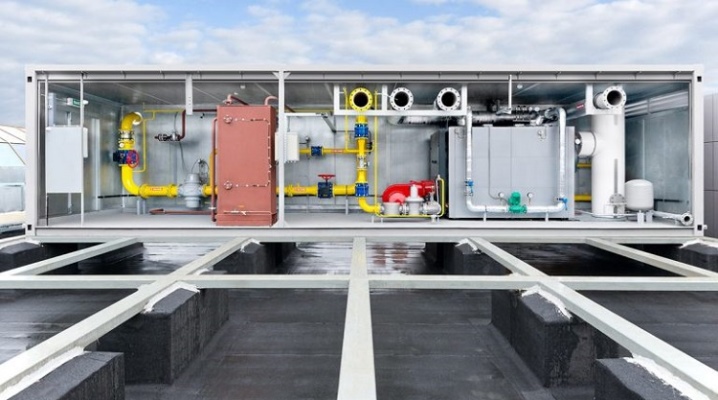
Block-modular boiler rooms can be very different in their appearance and content. Transportable water heating installations for solid fuel and gas deserve attention. When choosing them and making the final decision, it is necessary to take into account the peculiarities of construction and the technical policy of individual manufacturers.
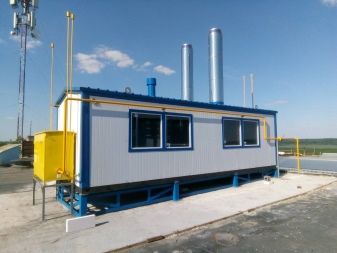
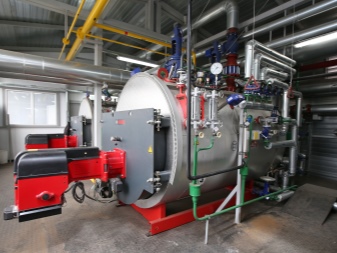
What it is?
It should be said right away that block-modular boiler rooms and transportable installations are synonyms. Both terms imply complete readiness for operation immediately after delivery to the site and the simplest installation. Complexes of this type can supply hot water and coolant to a wide variety of objects: from residential buildings to large factories, from kindergartens to ports and veterinary clinics. Many types of ready-made boiler houses have been developed, and all the nuances of their configuration are thought out to the smallest detail. At the same time, a well-thought-out design, accuracy of assembly and accuracy of delivery are critically important.
Modular boiler rooms can fall into two different categories. The first category is assigned by the fact that they turn out to be the only source of heat carrier or hot water. In this case, at least two boilers are provided in order to insure as much as possible against surprises.
The second category includes boiler rooms, which are less critical. During their preparation and installation, it is allowed to use only one boiler.
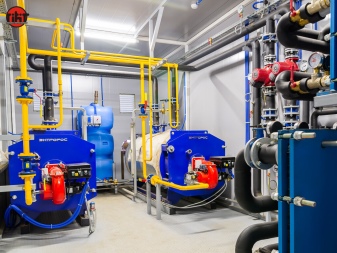
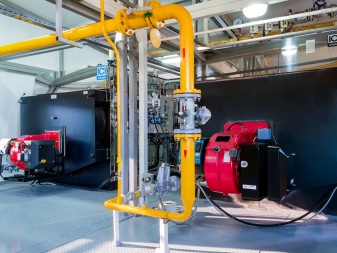
Despite all the particular variations and variety of units used, mobile boiler houses consist of a more or less homogeneous set of main parts. It includes:
- the main building (almost always a one-story frame-type building made of non-combustible materials);
- main equipment (hot water, steam, mixed boilers - their number and characteristics are determined by the goals set);
- gas equipment (regulators, filters, pressure control devices, gas pipelines, locking and safety systems, chimneys);
- pumps (providing network operation, water replenishment, circulation, anti-condensation);
- heat exchange equipment;
- complexes for the preparation and purification of water;
- tanks for expansion (relief of excess pressure);
- automatic and control devices.

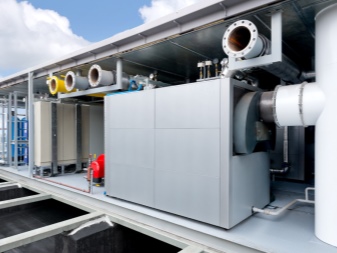
On top of this, storage water tanks, boilers, deaerators and a number of other systems may still be required. In any case, the full range of systems used is always selected strictly individually. From a practical point of view, there is almost no difference between stationary and mobile boiler houses of the same capacity. From the accounting position, the universal depreciation group has not been assigned to block-modular boiler houses. Usually they get out of the situation by appointing group 5 (heating boilers and everything connected with them); if difficulties arise, consultation with the Ministry of Economic Development is required.
It must be understood that block-modular boiler room, with the exception of roof samples, requires foundation preparation. Therefore, it is necessary to carefully calculate the amount of load on the foundation. In this case, the foundation for the chimney must be isolated from what is being created under the main building.
A separate important topic is the hazard class of the boiler complex.
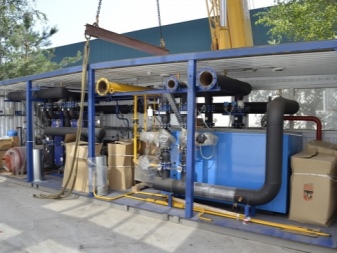
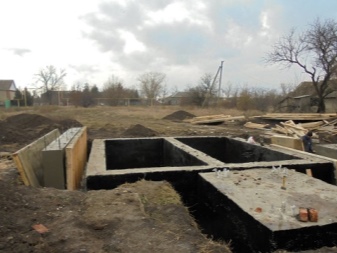
He is appointed in accordance with:
- type of fuel;
- the main sign of danger;
- technical characteristics of the object.
Gas boiler houses can consume natural or liquefied gas.Their main danger sign is the very handling of a hazardous substance. Only to an insignificant extent, the class of threat is affected by the use of equipment operating under pressure over 0.07 MPa and at temperatures over 115 degrees. The second level of risks includes facilities where natural gas is under pressure over 1.2 MPa (for liquefied gas, the critical level is 1.6 MPa).
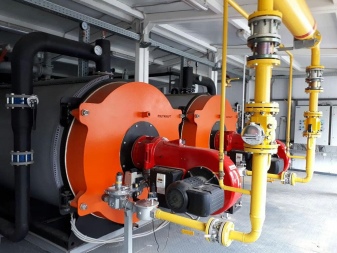
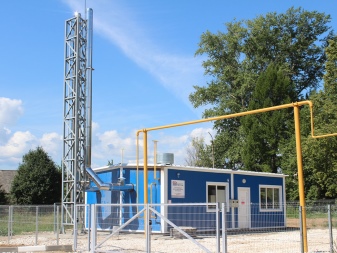
At the third level in terms of risks, there are facilities where the pressure in natural gas occupies a corridor of up to 0.005 to 1.2 MPa exactly. Or, for LPG - up to 1.6 MPa inclusive. In this case, the number of the circulating source of risks does not play a role. What is important, when determining the hazard class, they do not take into account the size of the area on which this or that pressure is created. It is even enough that a certain indicator is reached or exceeded, for example, at the input.
If we talk about boiler houses of other types that do not use natural and liquefied gas, then the key risk factor for them is the operating pressure in the infrastructure. The 3rd hazard class is assigned to facilities that are responsible for supplying heat to local residents and socially important facilities. It is also used for boiler rooms in which the equipment at least partially operates at 1.6 MPa or more, or at temperatures from 250 degrees. In all other situations, the 4th hazard class is established.
All boiler houses (including gas ones) with a gas pressure below 0.005 MPa, as well as all boiler houses, 100% of the equipment of which is below critical requirements, are not registered and controlled by Rostechnadzor and its local organizations.
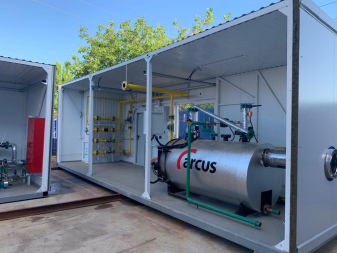
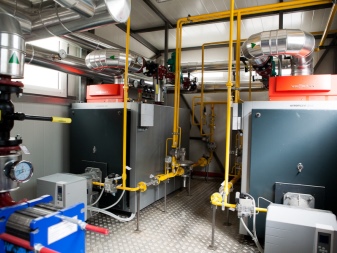
Primary requirements
The composition of technical documentation for a block-modular boiler room must fully comply with its labeling. This includes both installation instructions and materials for use. There must be such information:
- the full name or an exhaustively substituting trademark of the manufacturer;
- brand name and serial number of the boiler room;
- the number and composition of modules in it;
- permissible useful life in normal modes;
- date of manufacture;
- applicable standard and specifications;
- rated productivity for water and steam;
- gas pressure at the connection (if gas is used);
- water connection pressure;
- water consumption;
- total mass;
- input electrical voltage;
- other power supply parameters;
- a plate or several plates describing the categories of technical rooms and the required level of fire resistance.
It is necessary to obtain permission for the installation of a modular boiler house in order for it to be assigned an official cadastral number. If it is appointed, then there is no need to fear fines, suspension of activities and orders to dismantle. The conclusion is obvious: if the constant operation of the boilers is not critical, and it will be possible to quickly dismantle them without large financial losses, permission is not necessary. In all other cases, you cannot do without it. Important: these rules even apply to systems where main gas is not used.


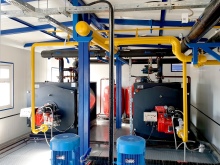
Species overview
By type of fuel
It is the principle of operation, that is, the fuel used, that is a critically important characteristic. Solid fuel systems allow the use of coal and wood. Less commonly used peat, pellets, forestry waste. It is worth noting that automation in solid fuel boilers is used to a limited extent. In any case, they involve a lot of human effort.
What Solid fuel plants are much safer than others, this is a myth. There are many known cases when even time-tested coal boilers caught fire or failed. A serious disadvantage of such equipment is its low efficiency (although it has grown recently, it is still less than that of other types of installations).Liquid boiler houses are mainly of the diesel type; the share of gasoline vehicles is relatively small, and there are almost none at all in the high-power segment.
Some block-modular boiler houses can also operate on fuel oil, but this point needs to be discussed separately.
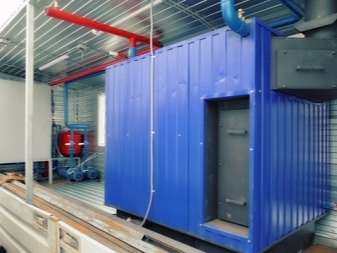
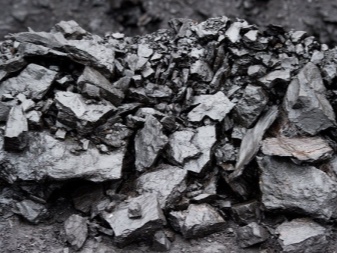
Gas-fired steam and hot water boilers are becoming more and more widespread. Their advantages are important both for a private house and for a large enterprise. What is important, almost all gasified installations are initially automated, and the share of human labor in working with them is minimized. The human factor has been eliminated as much as possible; in addition, gas is more economical than other fuels, and automatic control allows you to get away from many dangerous situations in the bud.
Occasionally found biofuel boiler houses are a subspecies of solid fuel plants. There are a number of environmental and economic advantages in favor of such systems. Pellet machines can give a better return than a coal boiler and pay off faster. However, the prevalence of such equipment is low. And sometimes there are problems with its maintenance.
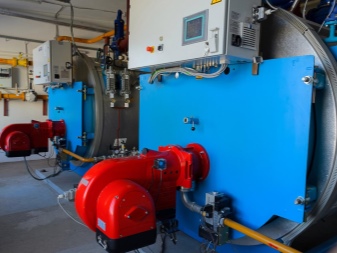

By design
The classification of structures of modular boiler houses is associated, first of all, with the number of components. Almost all serial models contain 1-4 modules. The addition of each new module is associated either with the need to increase productivity, or with the division of heat supply into separate zones. Individual blocks almost always have a frame design. Insulated sandwich panels are usually mounted on the surface of a module made of bending pipes; also meet:
- frame structures;
- roof modules;
- located on the chassis;
- designed for conditionally stationary use (usually these are the most powerful samples).
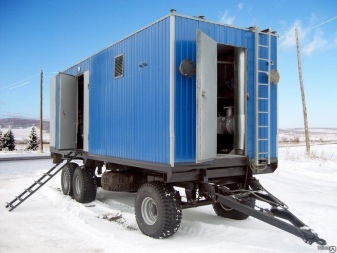
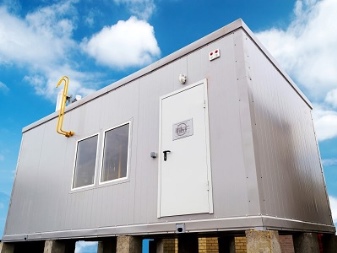
Popular manufacturers
Thermarus is actively engaged in the production of modular boiler houses. Under this brand, products are produced for the operation of all main types of liquid, solid and gaseous fuels. It would also be a good idea to order the manufacture of a block-modular boiler house from the GazSintez company. It supplies block boxes with sandwich panel cladding or steel profiles. If necessary, the body is thermally insulated.
You can also contact the firms:
- “Industrial boiler plants (performs a full cycle, including commissioning);
- "Premium Gas" - contrary to the name, the systems can operate on different types of fuel;
- boiler plant "Termorobot", Berdsk;
- East Siberian Boiler Plant;
- Borisoglebsk boiler-mechanical plant;
- Alapaevsk boiler plant (but regardless of the specific supplier, the construction itself on site should be carried out only by professionals).
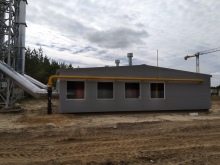
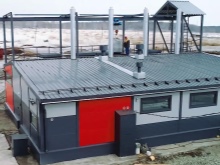
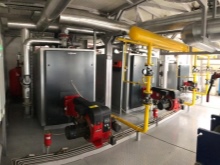
Installation nuances
During the installation process, the internal pipelines are immediately joined and those that were dismantled at the time of transportation are added. Be sure to monitor the serviceability and standard service life of control and measuring systems. Evaluate how tightly the gas ducts are connected to the chimneys. All pipelines are tested for tightness in strict accordance with SP 62.13330.2011.
The following nuances must be worked out:
- Protection of Nature;
- grounding and lightning protection;
- civil works;
- grounding of individual parts.

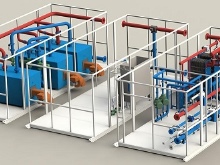

In the case of low-power boiler houses, it is permissible to install pipes on one base with the entire building (more precisely, on a common frame). Commissioning work on all systems is recognized as successfully completed if the equipment operates for 72 hours at the nominal load and the limiting design characteristics of the coolant. The result of such testing is fixed in a separate act. When powered from main gas, a shut-off device must be provided at the inlet.In large block-modular boiler rooms, collector wiring of equipment around the boiler is most often chosen - this requires the use of many sensors, but opens up additional advantages.
When installing equipment for heating a private house, the use of automated climate control systems is encouraged. With regard to chimneys, then, paradoxically, ceramic pipes (in pure form or in steel cases) are more durable than those made of metal. If a boiler room is being created in the residential building itself, then it is necessary, if possible, to abandon solutions related to the use of fans. All doors are made in a fireproof format.
Installers should provide for completely free access to any part of the equipment.
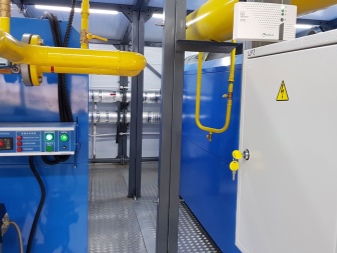
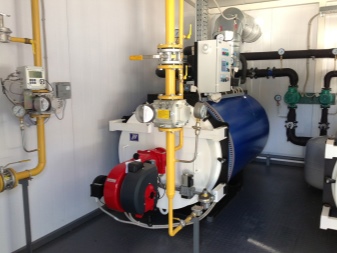
More nuances:
- boilers will have to be placed on the support prescribed by the company instructions;
- systems with liquefied gas must not be installed in basements and plinths;
- all walls are decorated with fireproof materials;
- the system layout carefully selected by designers and designers in advance should not be disturbed by installers;
- when using diesel fuel, a storage tank must be installed near the boiler room - of course, in a grounded version;
- near this reservoir, access roads and a platform for technological manipulations are provided;
- but even this by no means exhausts the entire spectrum of subtleties - and that is why turning to professionals is much more reasonable than independent editing.
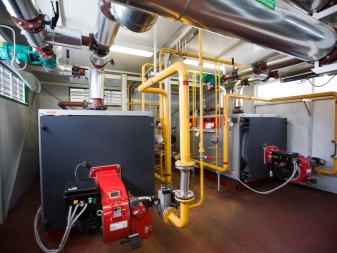

In the next video, you will find an overview of the block-modular boiler house Altep.













The comment was sent successfully.